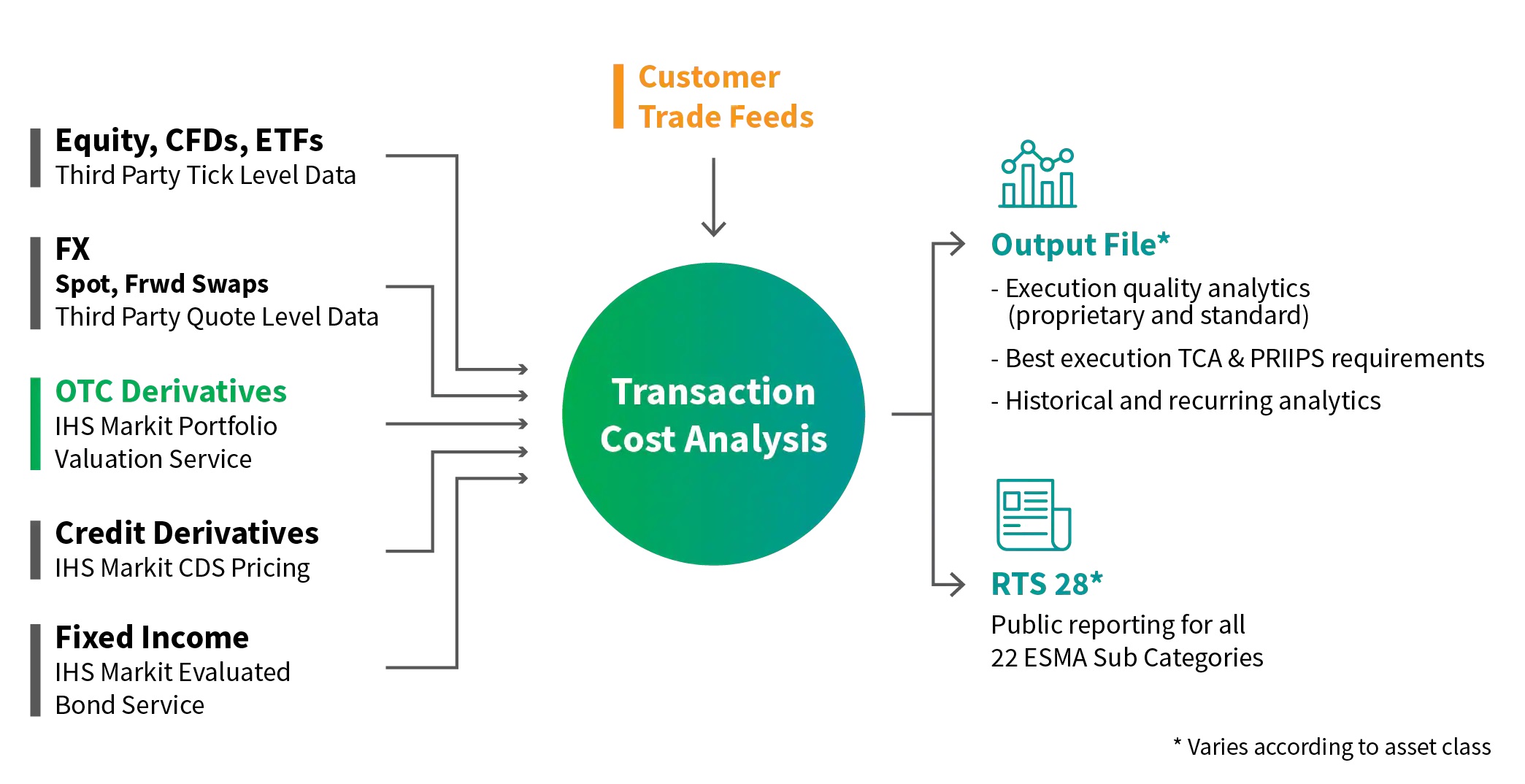Home>Finance>OTC Pink: Definition, Company Types, Investment Risks


Finance
OTC Pink: Definition, Company Types, Investment Risks
Published: January 4, 2024
Learn about OTC Pink market, various company types, and the potential investment risks in finance. Obtain valuable insights to make informed decisions.
(Many of the links in this article redirect to a specific reviewed product. Your purchase of these products through affiliate links helps to generate commission for LiveWell, at no extra cost. Learn more)
OTC Pink: Definition, Company Types, Investment Risks
Welcome to our Finance category, where we provide expert insights and information on various financial topics. In this blog post, we will discuss a popular platform for trading stocks known as OTC Pink, its definition, the types of companies listed on it, and the associated investment risks. So, let’s delve into the world of OTC Pink and learn more about this interesting topic!
Key Takeaways:
- OTC Pink is a marketplace where stocks of companies that do not meet the requirements for major exchanges are traded.
- OTC Pink includes various types of companies, such as small-cap stocks, penny stocks, and international companies.
OTC Pink is a trading platform that serves as a home for stocks of companies that do not meet the requirements for major exchanges like the New York Stock Exchange (NYSE) or NASDAQ. It provides a venue for investors to trade these securities, allowing for increased accessibility and liquidity for companies that may not have the resources to list on traditional exchanges.
Companies listed on OTC Pink can be categorized into different types:
- Small-cap stocks: These are shares of companies with a relatively small market capitalization, typically under $2 billion.
- Penny stocks: These are stocks with a low price per share, often below $5, and are generally considered to be highly speculative.
- International companies: OTC Pink also includes stocks of foreign companies that trade in the United States but are not listed on major exchanges.
Investing in stocks listed on OTC Pink can offer certain advantages, such as the potential for high returns and the ability to invest in companies at an early stage of development. However, it’s important to be aware of the investment risks associated with this market:
- Increased volatility: Stocks listed on OTC Pink tend to be more volatile compared to those listed on major exchanges. This volatility can lead to rapid price fluctuations.
- Limited information: Companies listed on OTC Pink may not be required to provide the same level of financial reporting and transparency as those listed on major exchanges. This limited information can make it challenging to conduct thorough due diligence.
- Higher risk of fraud: Due to the less stringent regulation and oversight, OTC Pink can be susceptible to fraudulent practices. Investors must be cautious and conduct thorough research before making investment decisions.
It’s crucial to understand the risks involved and conduct thorough research before investing in any stock, especially those listed on OTC Pink. Consulting with a financial advisor or engaging in comprehensive analysis can help mitigate potential risks and make informed investment decisions.
As the financial world continues to evolve, OTC Pink provides a valuable avenue for investors to trade stocks and access investment opportunities. By understanding the definition, types of companies listed, and associated risks, investors can navigate this market with greater confidence and make informed investment choices.
We hope you found this blog post helpful in expanding your knowledge of OTC Pink. Stay tuned to our Finance category for more informative articles on various financial topics, ranging from investing strategies to personal finance management!














